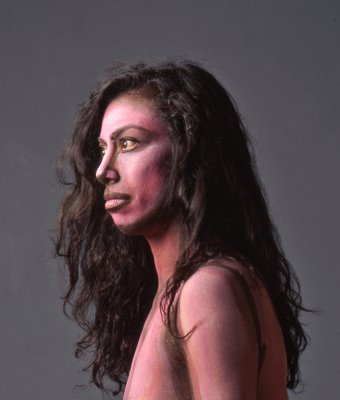Cyrano De Bergerac, Frida Kahlo & A Cure For All Diseases
Thursday, October 30, 2008

One of my favourite British mystery writers is Reginal Hill and in his latest, A Cure for All Diseases his fat Yorkshire Detective Superintendent is convalescing from an almost terminal bomb explosion in the resort coast town of Sandytown. The novel is loosely baced in Jane Austen's unfinished last novel (1817) Sanditon. Hill's novel, like Austen's , experimentints with the practical ideas of communication through gossip. Two sisters email each other in alternating chapters. Reginald Hill is a master in the correctness and the infinite intricacies of the English language. I read Hill knowing at the very least that I will be reading a mystery novel that is literature, too. The fun I have reading Hill leaves me with no escapist guilt.
Being over 60, my knowledge of who or what Cyrano de Bergerac is, is "far more" extensive than that of someone under 30. I read the 1951 Classics Illustrated, and had literature professors drone on and on as I slept in class. And to top that I saw the 1950 Michael Gordon Cyrano de Bergerac with José Ferrer as Cyrano. I was 10. My parents had lured me into seeing it by me by telling me it featured espadachines or sword fighters and lots of sword fights. All I remember is Ferrer's voice, his long nose and the brilliant Technicolor. Alas of the third I am wrong as the film was released only in b&w!
Minutes into last night's premier performance at the Stanley of the Arts Club Theatre Company production of Cyrano de Bergerac by Edmond Rostand and directed, translated and adapted into English by James Fagan Tait I was perplexed and initially put off by Cyrano uttering stuff in contemporary English like "pal".
While listening to the dialogue (and laughing lots) I thought about Reginald Hill's A Cure For All Diseases. In the email communication between the two gossiping sisters I had noted that Hill had eliminated quotation marks and there were all kinds of typos. "Can it be, that his novel was rushed to the printers which poor typo correcting?" I thought. Then it dawned on me that Hill was using contemporary writing and injecting a bit of what Austen had first tried to inject in her unfinished novel. Austen, Hill and now James Faigan Tait where on the same map for me. As Faigan Tait notes in the program:
In its day, the play was fresh, spoke like the people and sounded like comic improvised verse and because of that it shocked people with its presence in each moment despite its glamorous period context.
With this in mind, welcome to 17th-century Paris of this very moment. Don't be surprised if the people in that time look and sound a little bit like us right now.
I quickly forgot the anachronistic language and gloried at seeing the elaborate costumes (Nancy Bryant) and listening to beautiful musical accompaniment (Joleysa Pankanea and Mark Haney) and songs of this play.
While watching Chilean-born Carmen Aguirre (above left) appears in many roles. As a Duenna she seems to have a future career as an imposing and scary mother-in-law (a distinct possibility as she has a young son), as a nun she would have soon caused any mother superior to commit suicide and as an orange seller she was most convincing as a perveyor of other more sexy delights. But it was her moustache as a cadet that nagged my brain.
It came to me as I was driving home with Rosemary. In February 2000 Aguirre had appeared on that same stage (the Stanley) as Frida Kahlo in a one actor show that was one I will never forget. Her performance was convincing and her makeup, costume and moustache (fake?) were so good that she seemed to be channeling Kahlo before my very eyes.
With that confusion finally solved I remembered a young man sitting behind me in last night's performance who said to his companion, "So this is the Stanley?" Somehow this play had brought that young man to enjoy, perhaps for the first time, the delight of theatre. I plan to return with my granddaughter Rebecca (now 11) and see if she gets a bit more than I did back then in 1951.
"Yes, it is perfect. Your white gown swathed in the blue-black mantle of night. I am only a voice, and you are a point of light. I may have spoken Beautifully to you in the past--"
When Rebecca sees the beautiful and glamorous Roxanne (Melissa Poll) she might be as fascinated as I was when she glowed as much as Cyrano's starry sky.






